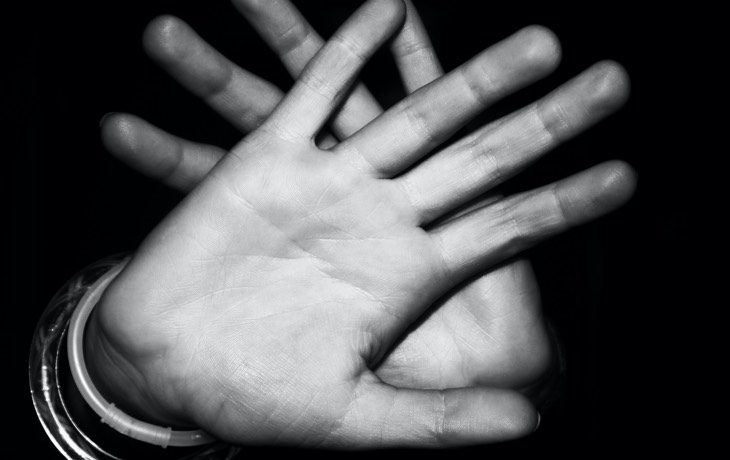On Tuesday, Science Magazine published a Harvard study concluding that we may need to socially distance until 2022 in order to successfully combat the COVID-19 pandemic. To summarize, the researchers say, “Under current critical care capacities … the overall duration of the SARS-CoV-2 epidemic could last into 2022, requiring social distancing measures to be in place between 25% and 75% of that time.” Yes, social distancing measures could last in some form for at another two years.
That sounds like a really long time right now, especially because we in the United States have heard so much talk of “reopening the country” as soon as possible. This new study brings those hopes back down to earth. Most public health authorities no longer think public health measures will be able to wipe out COVID-19 for good. Instead, we may end up with a series of infection ‘waves.’
(For the sake of clarity in this article, we’ll refer to the virus as SARS-CoV-2, which is the specific coronavirus that causes the disease COVID-19.)
What this means for stay-at-home orders and social distancing
Because we don’t have a vaccine against SARS-CoV-2, social distancing is all we have to combat it. So the researchers imagined a bunch of scenarios and ran tests to see how we could make social distancing as effective as possible. In the end, they recommend that public health authorities establish thresholds for intermittent social distancing. None of the one-time social distancing measures seemed to work in the long term. So if health officials follow this advice, this won’t be the last time we social distance.
Here’s what intermittent social distancing looks like: If 35 people in a pool of 10,000 test positive, social distancing goes into effect for that region. Schools close, people work from home, and we stay in as much as possible. If we get down to 5 people with SARS-CoV-2 in every 10,000, we can stop social distancing. That’s how we might be able to stay under hospital capacity and keep the most people possible alive.
How long will we implement social distancing each time? It depends, but there’s often a lag of three weeks between the start of distancing measures and peak critical cases. If hospitals can’t increase their critical care capacities, researchers estimate we could be social distancing until 2022 for 25% to 75% of the time.
A question of immunity
The researchers came to their conclusion about social distancing by studying the seasonality of viruses that behave like the novel coronavirus. In all the possible scenarios researchers tried, they found the possibility of a ‘substantial’ SARS-CoV-2 outbreak—regardless of when the outbreak began. That means that whether the virus starts to spread in winter and moves into the spring (like right now) or begins in the fall and passes into winter, it’s capable of spreading widely.
The most challenging thing to model when it comes to SARS-CoV-2 is immunity. That’s because this is a novel virus, so we’re not yet sure how long immunity lasts. It could be permanent, or it could be a seasonal immunity. We’ve talked about this in our long and medium view posts.
Some researchers say immunity to SARS-CoV-2 could behave like the seasonal flu. You get it one year and then you can also get it the next. If that’s the case, immunity probably lasts around 40 weeks, or 10 months. It could come back at any time, depending on when the outbreak starts. So we could have peaks every year, every two years, or more than once a year until we have a vaccine.
The best case scenario for public health is if immunity to SARS-CoV-2 is permanent or long-term (2-5 years). That would mean that long term, we could wipe out this coronavirus and all other betacoronaviruses. Good news for anyone who’s had the common cold.
“Relieving the burden on critical care capacities”
The above words are the key words from this most recent study, and they’ll sound familiar to anyone who’s been reading about SARS-CoV-2 and COVID-19 these past few months. The reason we’re all social distancing right now is to flatten the curve. In other words, we want to keep the spread to a minimum so we don’t end up overwhelming the health care system, even if that means we have to stay home for quite a while.
The researchers on this study remind us that what we learned from the outbreak in Wuhan a few months ago—and what we’re seeing now in the United States—is that even high-income areas can get overwhelmed. If distancing measures don’t start soon enough or strongly enough or go on long enough, we end up overwhelming the healthcare system. That’s when people start to die in high numbers, and that’s what we want to avoid.
If that means we social distance intermittently through 2022, then we’ll have to figure out how to do this and still have an economy. The main take-away for individuals and families is this: whatever happens with the reopening, stay prepared to go back into lockdown.


You are reporting the comment """ by on